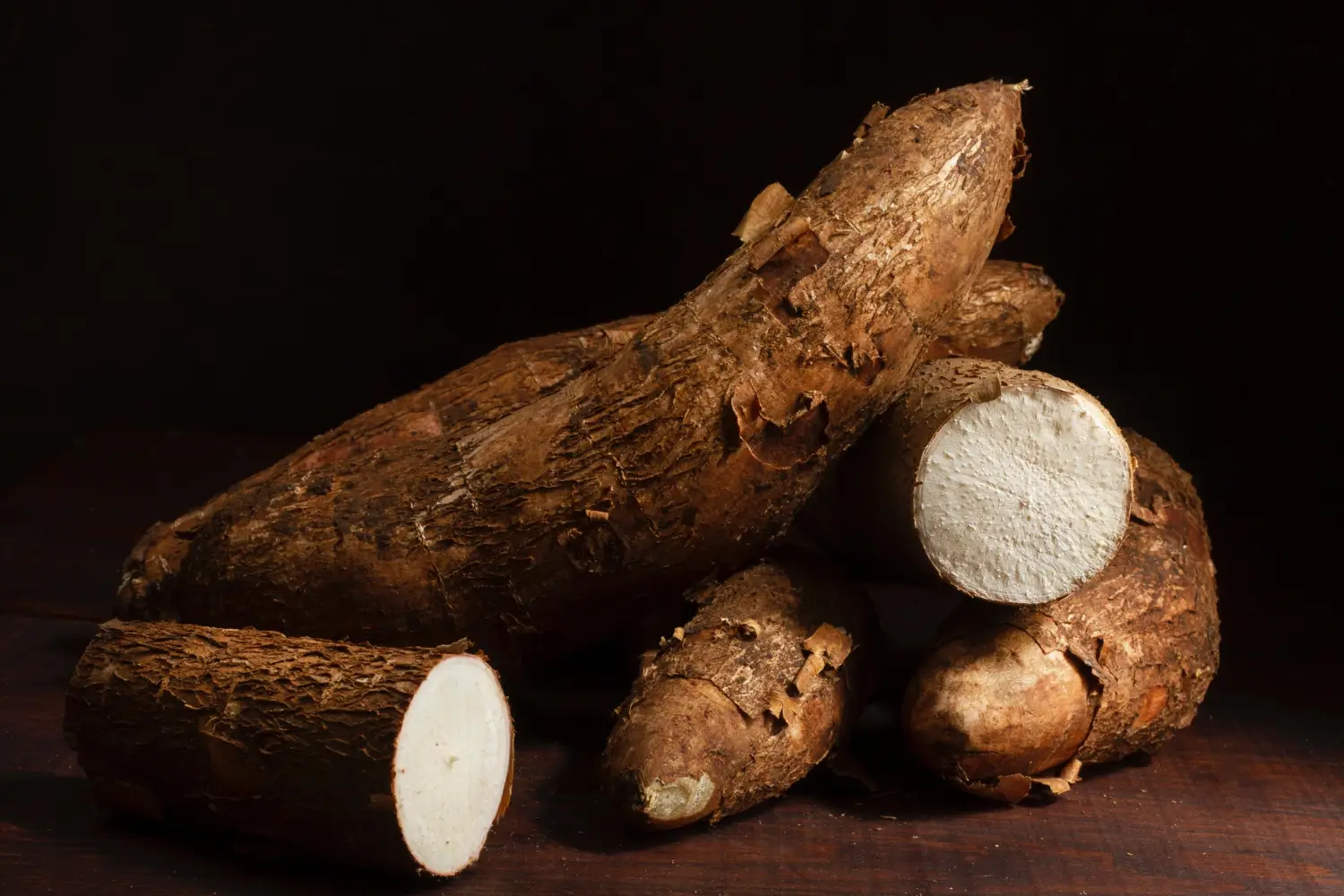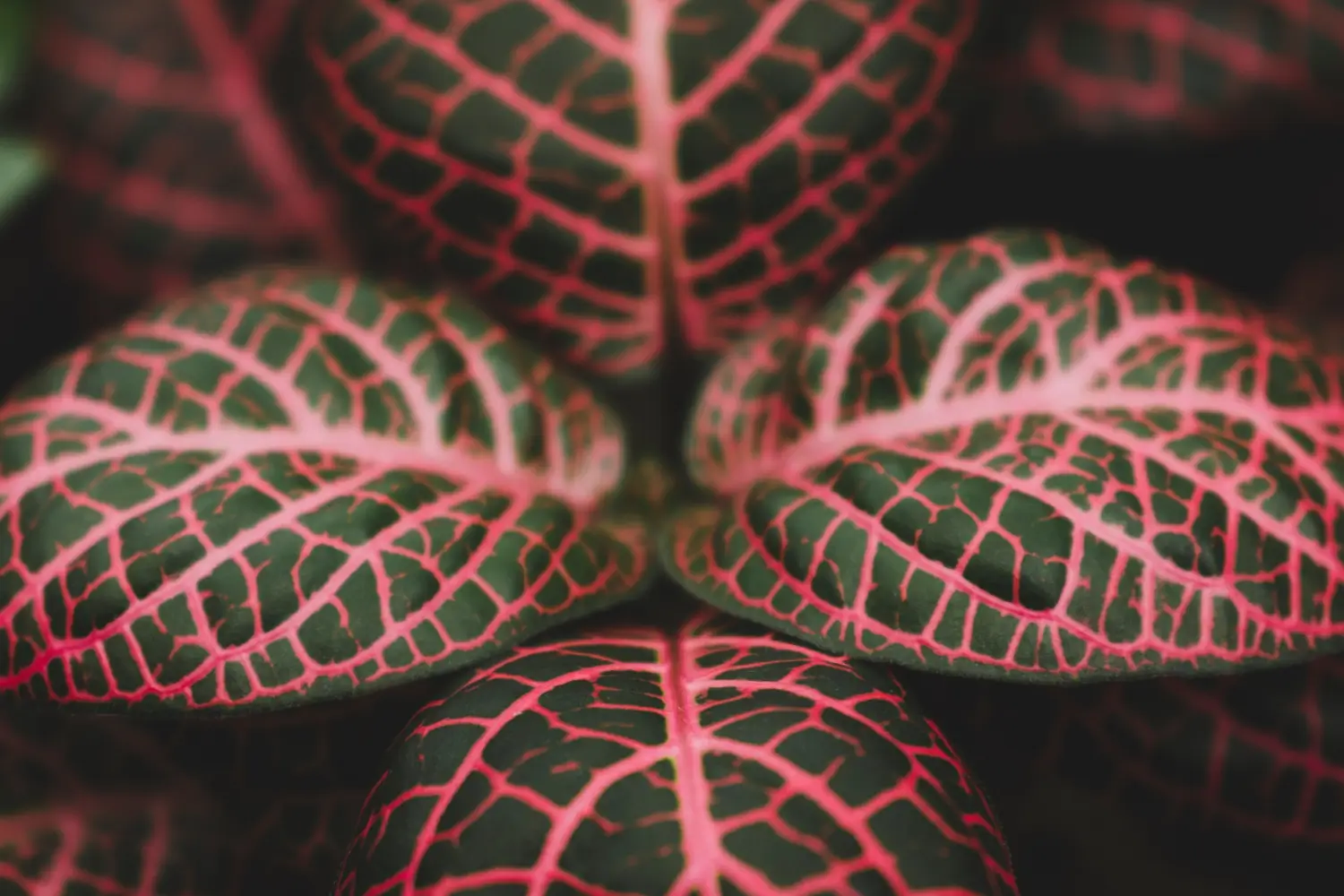
Soil Health & Fertilization
We unite suppliers and green industry professionals worldwide
Yes, Tapioca is best known as the chewy pearls in your bubble tea, the thickener in your grandma’s pudding, but this humble root has much, much more to offer.
By Victor Miller
|Published on June 18, 2025


"The discovery of a new dish does more for the happiness of mankind than the discovery of a star." – Jean Anthelme Brillat-Savarin
Yes, Tapioca is best known as the chewy pearls in your bubble tea, the thickener in your grandma’s pudding, but this humble root has much, much more to offer. Originating from South America, tapioca comes from the cassava plant (Manihot esculenta)—a fast-growing tropical shrub that’s both functional and decorative. With succulent, lush green (often variegated) leaves and a naturally sculptural shape, it changes the look of any garden to the tropics.
Besides serving as an ornamental, the cassava plant yields a starchy, energy-rich root that is a main ingredient in the cuisine of many countries around the world. And the best part? It’s actually fairly easy to grow in the right climate.
| Botanical Name | Manihot esculenta |
| Common Name | Cassava, Tapioca |
| Type | Tropical perennial (usually grown as an annual in temperate zones) |
| Height | 6–10 feet tall |
| Sunlight | Full sun |
| Soil | Sandy, loamy, well-drained |
| Water Needs | Moderate |
| Hardiness Zones | 9–11 |
| Time to Harvest | 8-12 months after planting |

September 25, 2025
9 minute read
September 24, 2025
9 minute read
September 23, 2025
10 minute read
September 22, 2025
9 minute read


Join as a seller and connect with thousands of B2B buyers nationwide!
Sign Up

Caladium
Have you had that feeling to add a splash of color to your garden and get it all done in a jiffy? You must get Caladium, or “Angel Wings” for its enormous heart-shaped leaves

Dahoon Holly
"Ever wondered how to add year-round beauty to your garden without much fuss?" Dahoon Holly (Ilex cassine) could be the perfect solution!

Dalmatian Bellflower
Want a tough, low-maintenance plant that’ll bring a pop of color to your garden? How about Dalmatian Bellflower (Campanula portenschlagiana)!

African Daisy
Acclaimed for its showy flowers and easy maintenance, the African Daisy can be grown in a window box, hanging basket, border as well as in containers. Its flowers in purple, pink, white and yellow blossoms which daisy-like bloom will uplift the spirit of
Tapioca (cassava) is a tropical crop that does best in warm, sunny conditions in well-drained soil. Once established, it’s low-maintenance but a little care during the growing season will help to improve both foliage and root yield. Start by planting cuttings or nursery plants in spring, after the last frost, when soil temps are consistently warm. Select a spot that receives full sun and make sure the soil is light and loose to allow for root development.
Once established, it requires only modest watering and occasional feeding. Avoid overly rich soils or heavy fertilizing, as this encourages leafy growth instead of tubers. With the proper care you will have a strong, beautiful and useful plant by the end of the season.
Tapioca grows best in full sunlight, or at least 6 to 8 hours of direct sunlight a day. Sunlight is not only important for a healthy foliage growth, but it will also ensure healthy and well established roots. Cassava tends to become “leggy” if grown in low light, and is likely to yield poor quality roots. Select a sunny, open spot where the plant is assured of constant sunlight all day, and where it is also somewhat protected from strong afternoon winds.
Well-draining soil is absolutely essential for growing tapioca successfully. It is best grown in fertile, well-drained loam or sandy loam that is both aerated and slightly acidic to neutral (pH 6.0–7.0). Avoid heavy clay soils or compacted ground, which can hold too much moisture and cause the roots to rot. Enhance poor soil by mixing with compost, coarse sand or pumice and perlite for improved structure and drainage. The better your soil breathes, the healthier your plant and its underground tubers will be.
Cassava loves moderate moisture, especially during its young and in the early stage of development. The soil needs to be moist, but should never be soggy — the roots will rot fast with over-watering. It is moderately drought-tolerant when established, but will not produce large roots during dry spells when the plant is young.
Water deeply when the top 1 to 2 inches of soil feel dry, allowing moisture to reach the developing roots below. As harvest time approaches, reduce watering a bit to help concentrate starches in the tubers and prevent waterlogged conditions.
Pruning cassava is not strictly necessary, but doing so can lead to bushier plants and more efficient harvesting. Remove any weak stems and crowded stems to allow air circulation and light penetration. As plants grow tall and leggy, snipping the top few inches of stem can promote branching and help the plant maintain a manageable height. You can also trim the stems after you harvest to keep the plant growing if you are in a year-round growing zone.
Cassava is typically propagated using stem cuttings, not seeds. This technique is simple and reliable:
If you’re short on space or live in a cooler climate, Tapiocas can also be grown in large containers:
Tapioca is a tropical plant and can’t take frost. In cooler zones:
Although cassava flowers, the blooms are small and pale and are not the main focus. They are easily overlooked, especially as flowering can spread beyond the tropics. Its foliage is its true treasure and the plant is best for its luscious foliage and edible roots, not for its blooms. But if your plant does flower, enjoy the bonus, as bees and other pollinators may drop in for a visit.
Cassava is quite robust, however, beware of:
Whether you’re cultivating it for its distinctive tropical foliage, or for its starchy, versatile roots, Tapioca is a satisfying plant that combines beauty with usefulness. Provided a little sunlight, warmth and well-drained soil, this hardy vegetable can thrive with little bother.
From garden beds to patio pots, cassava is well-suited to a variety of growing conditions, making it a good crop for adventurous home gardeners. With a little patience and care, you’ll not only be able to enjoy lush green growth—but also to harvest a satisfying selection of edible roots to share and savor.
No. Raw cassava is toxic due to the presence of cyanogenic compounds, and cannot be consumed directly.
Usually between 8 and 12 months from transplanting, depending on the variety and climate.
It’s not necessary, but a balanced fertilizer applied once or twice during the growing season can increase root size and health.
Sort of - tapioca is the processed starch extracted from cassava roots.

Soil Health & Fertilization
Victor Miller

Pest Identification & Prevention
Victor Miller

Lawn Care Tips & Maintenance
Victor Miller

Soil Health & Fertilization
Victor Miller

Smart Irrigation Systems
Victor Miller

Patios, Walkways & Driveways
Victor Miller

Soil Health & Fertilization
Victor Miller

Pest Identification & Prevention
Victor Miller
My Account
Our team is always here to help.
We are open Monday - Friday, 9:00 AM to 4:30 PM PST.